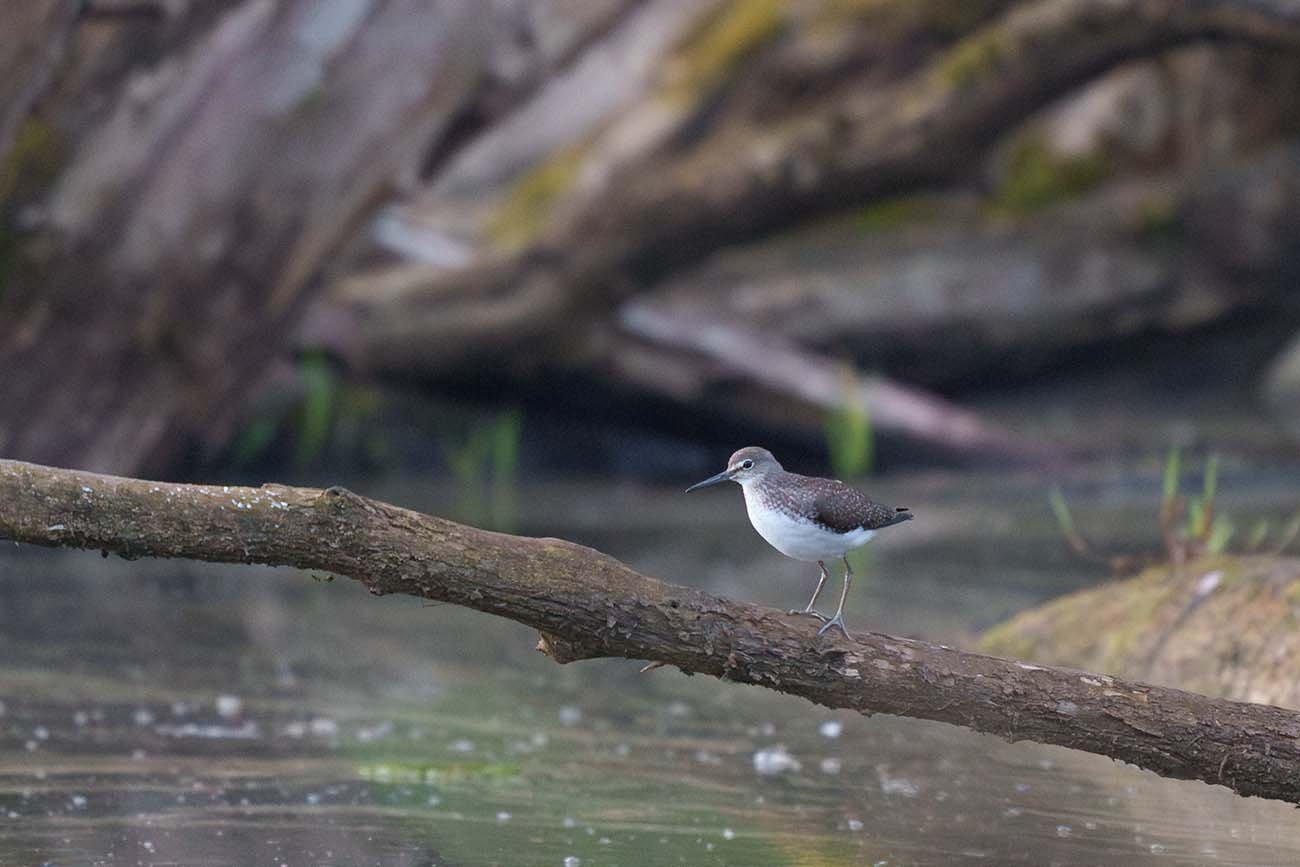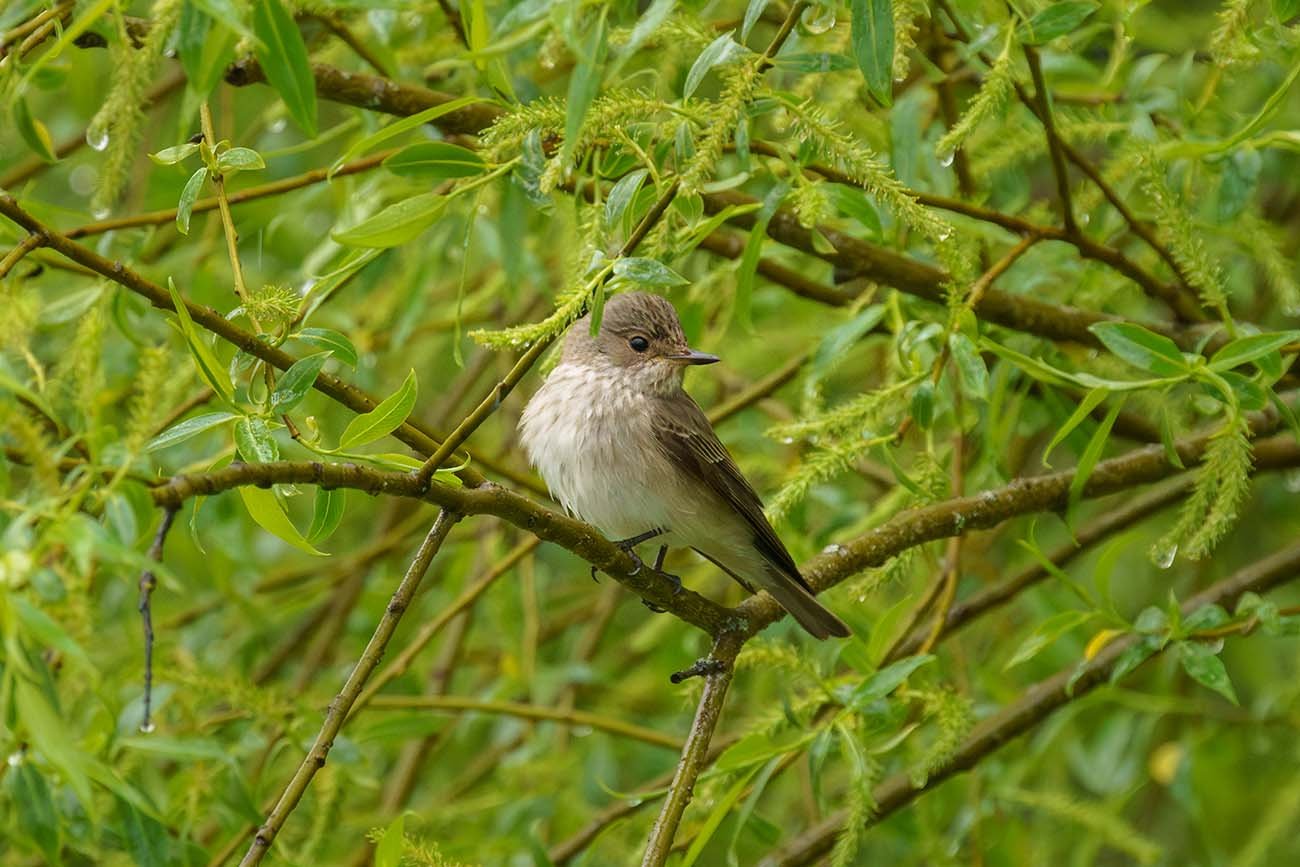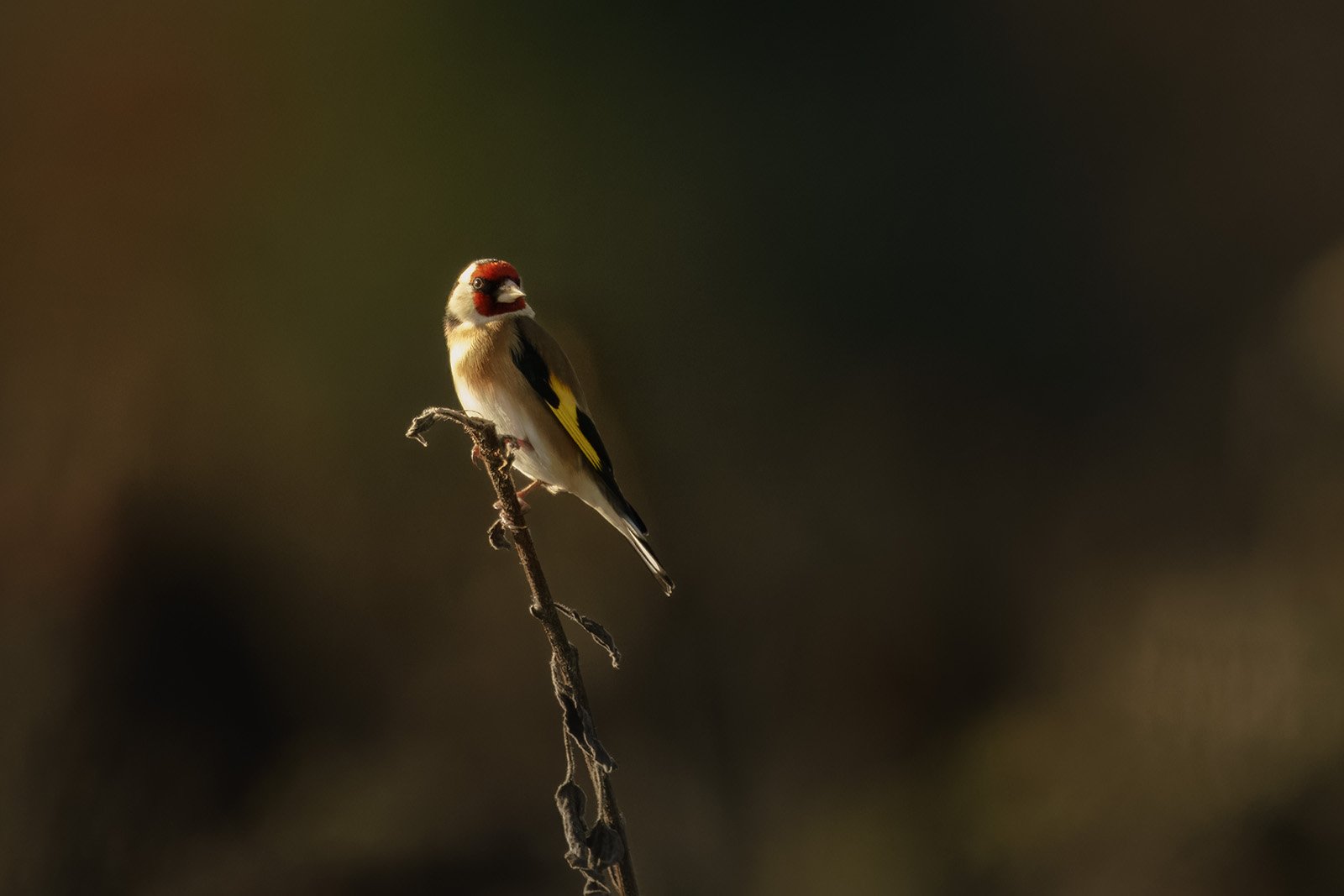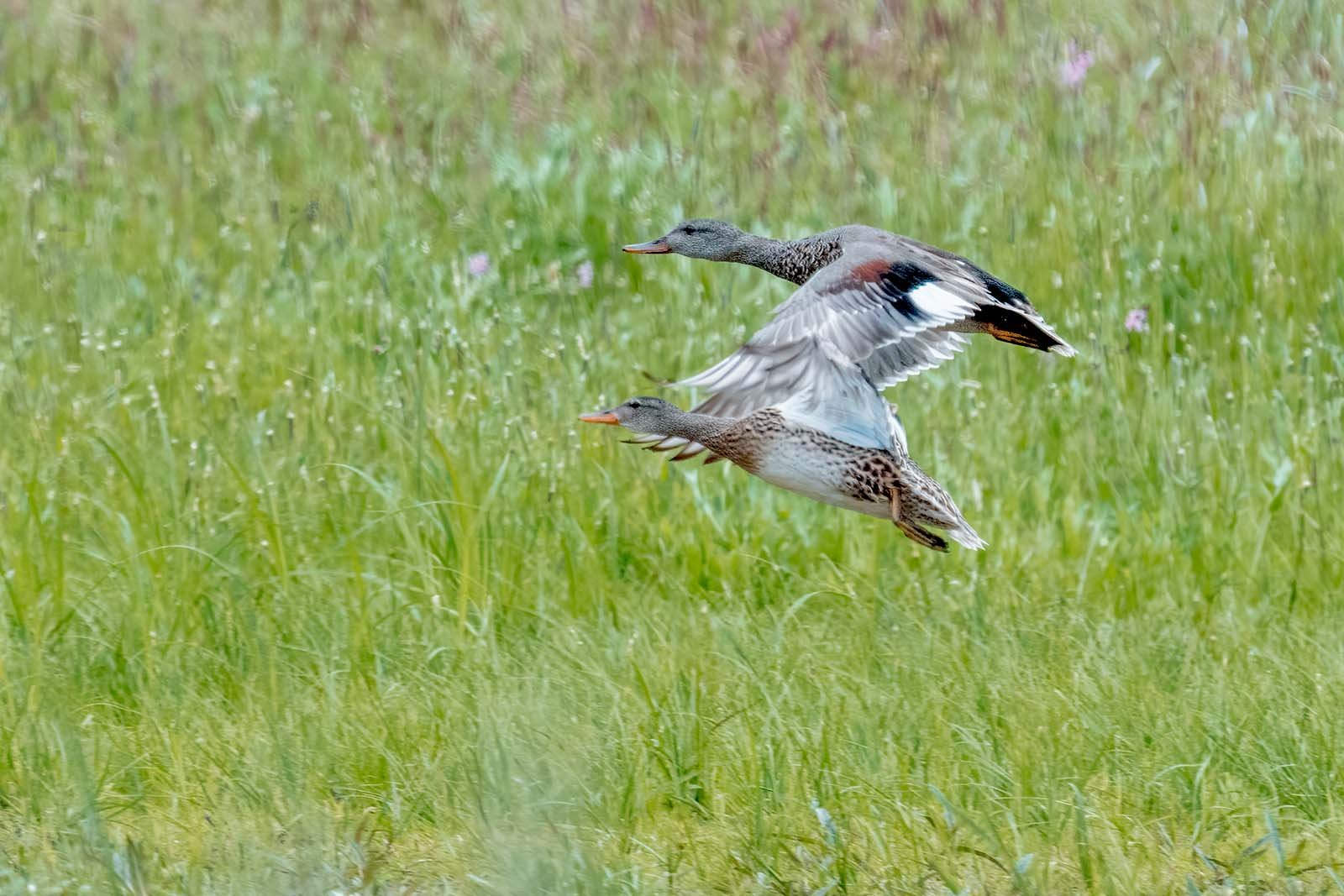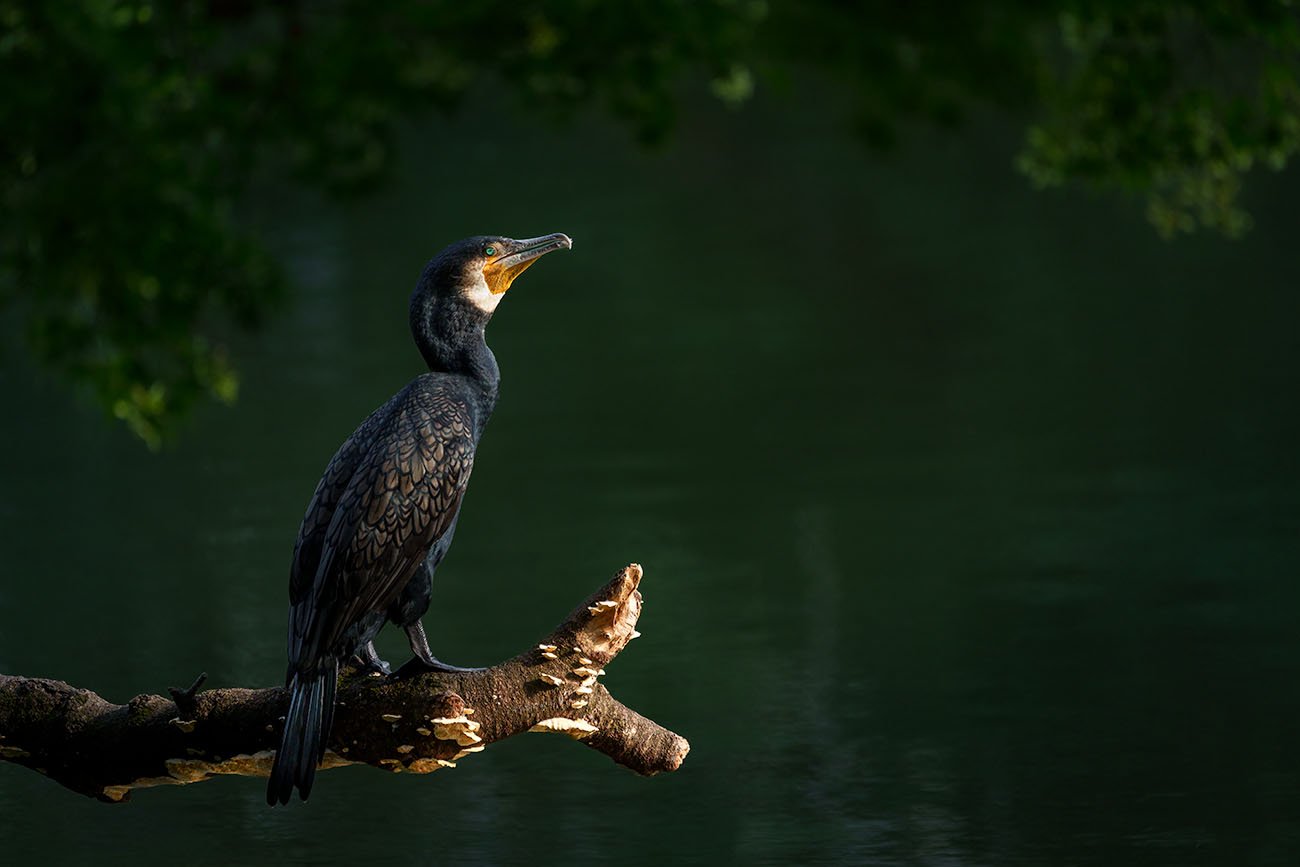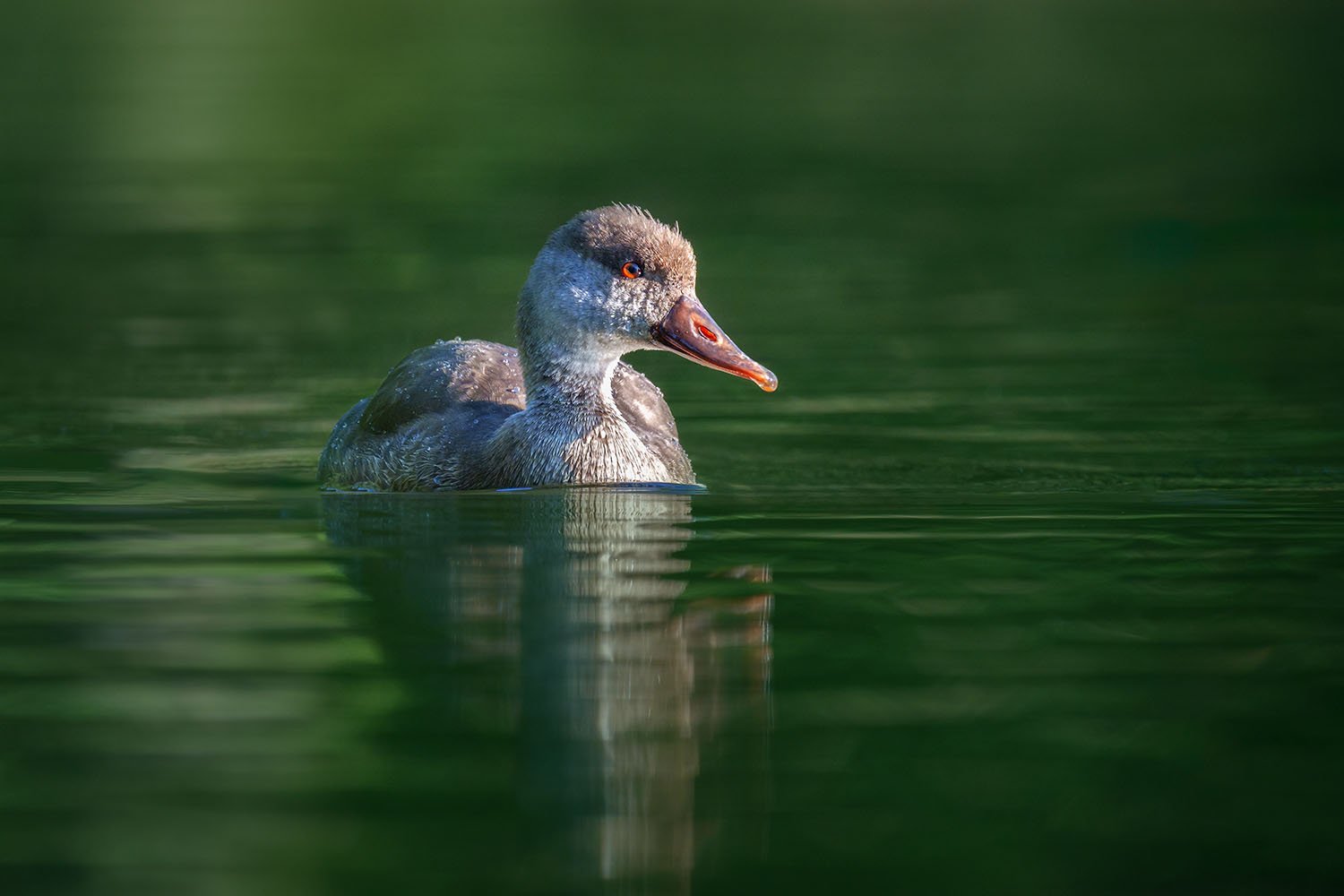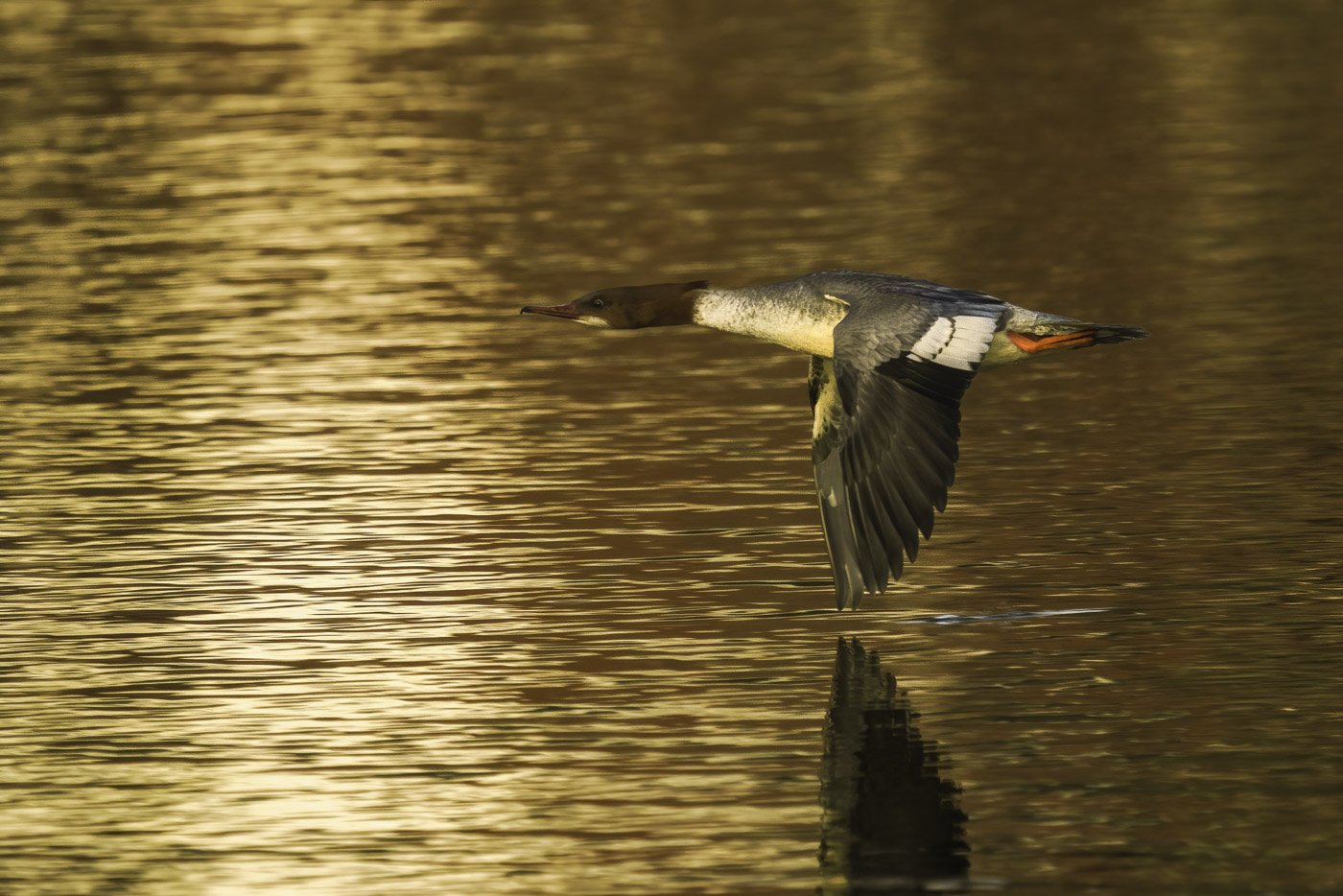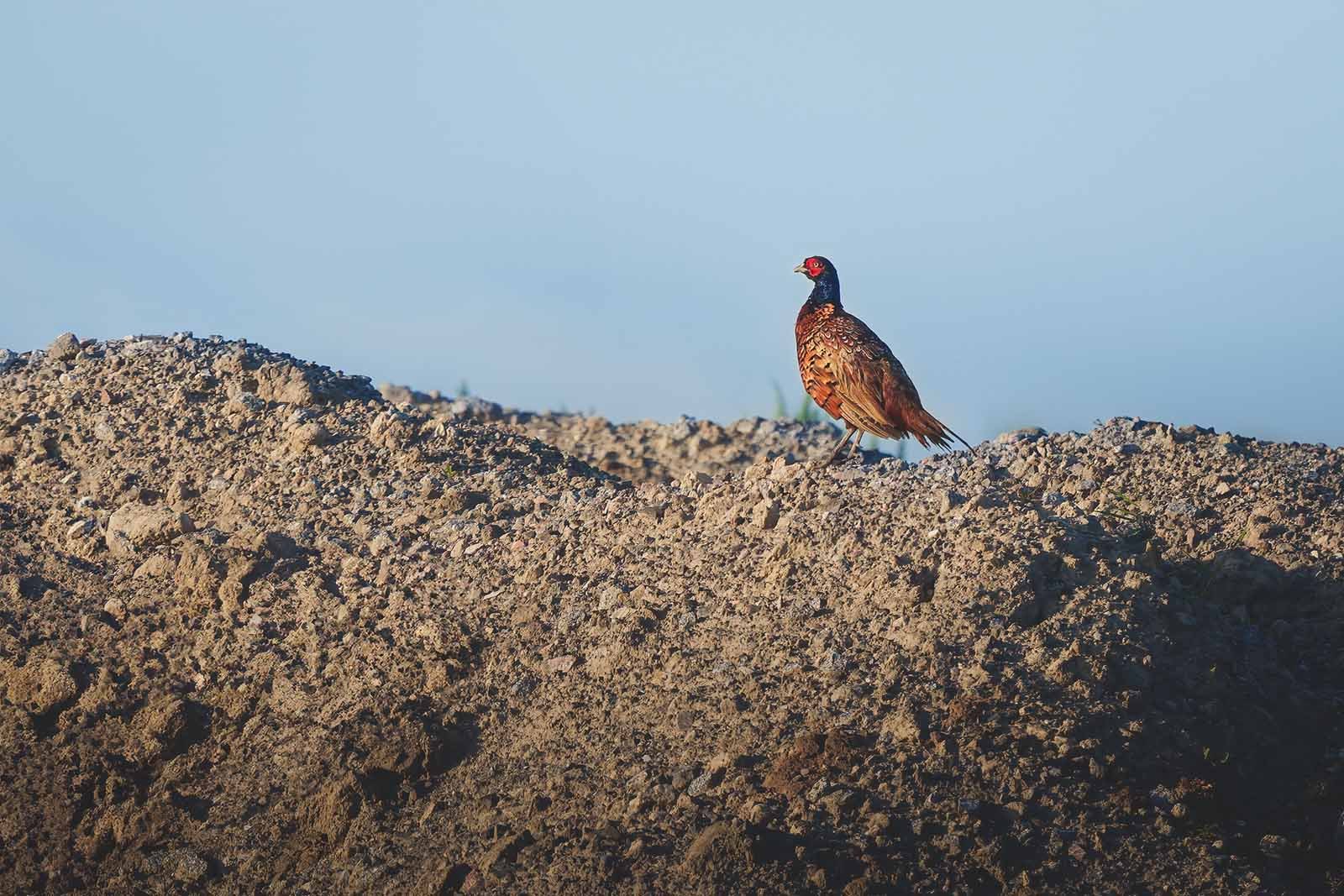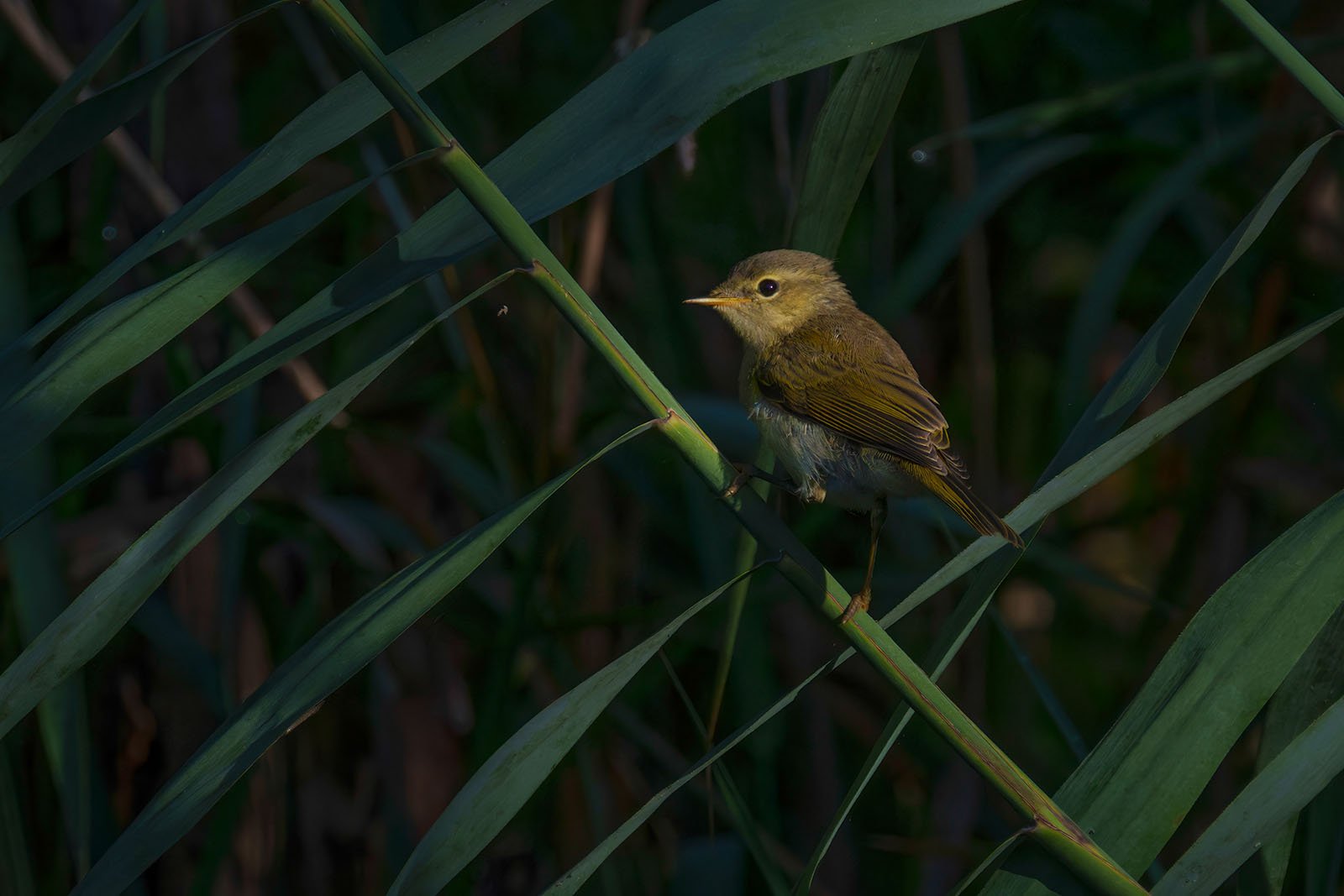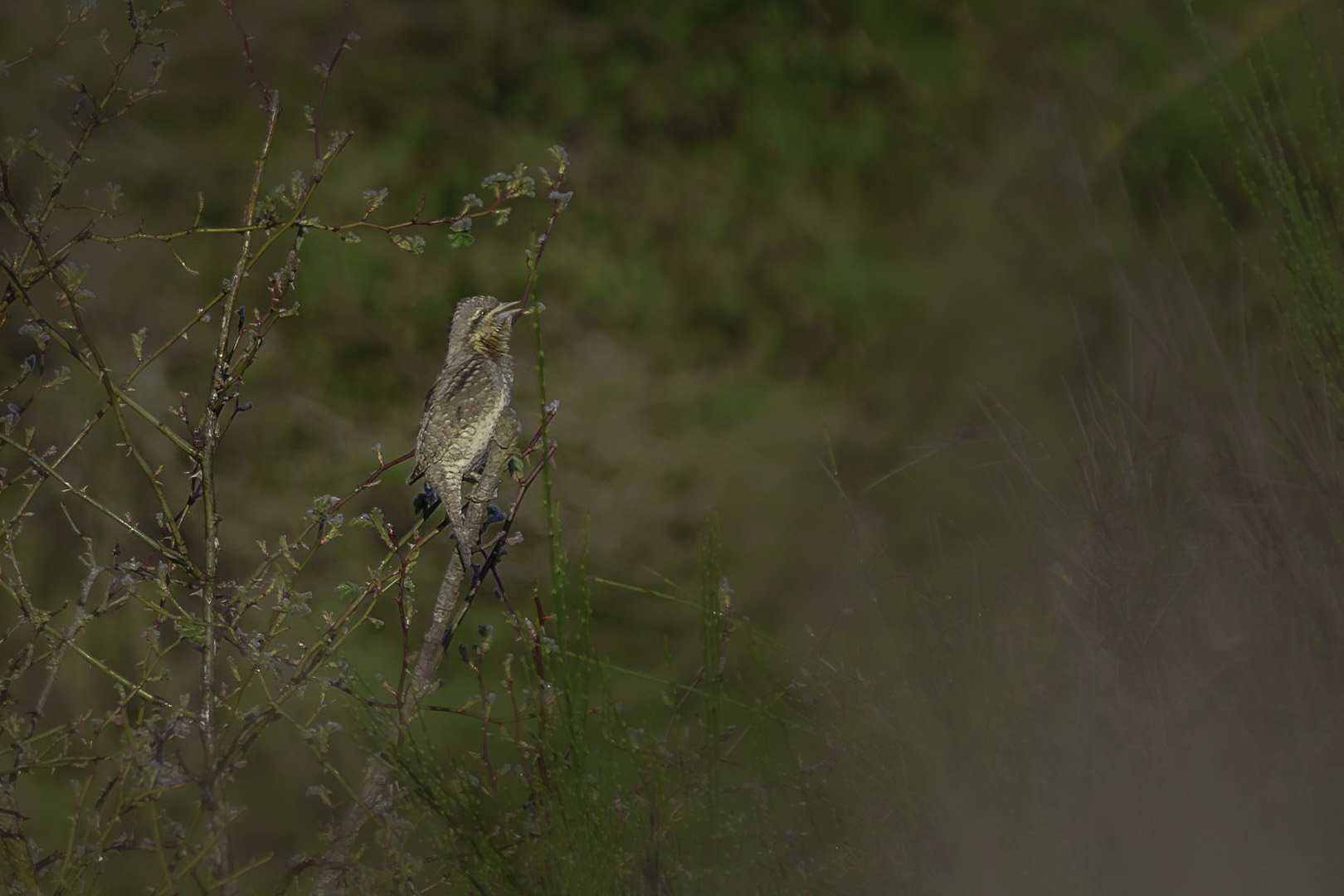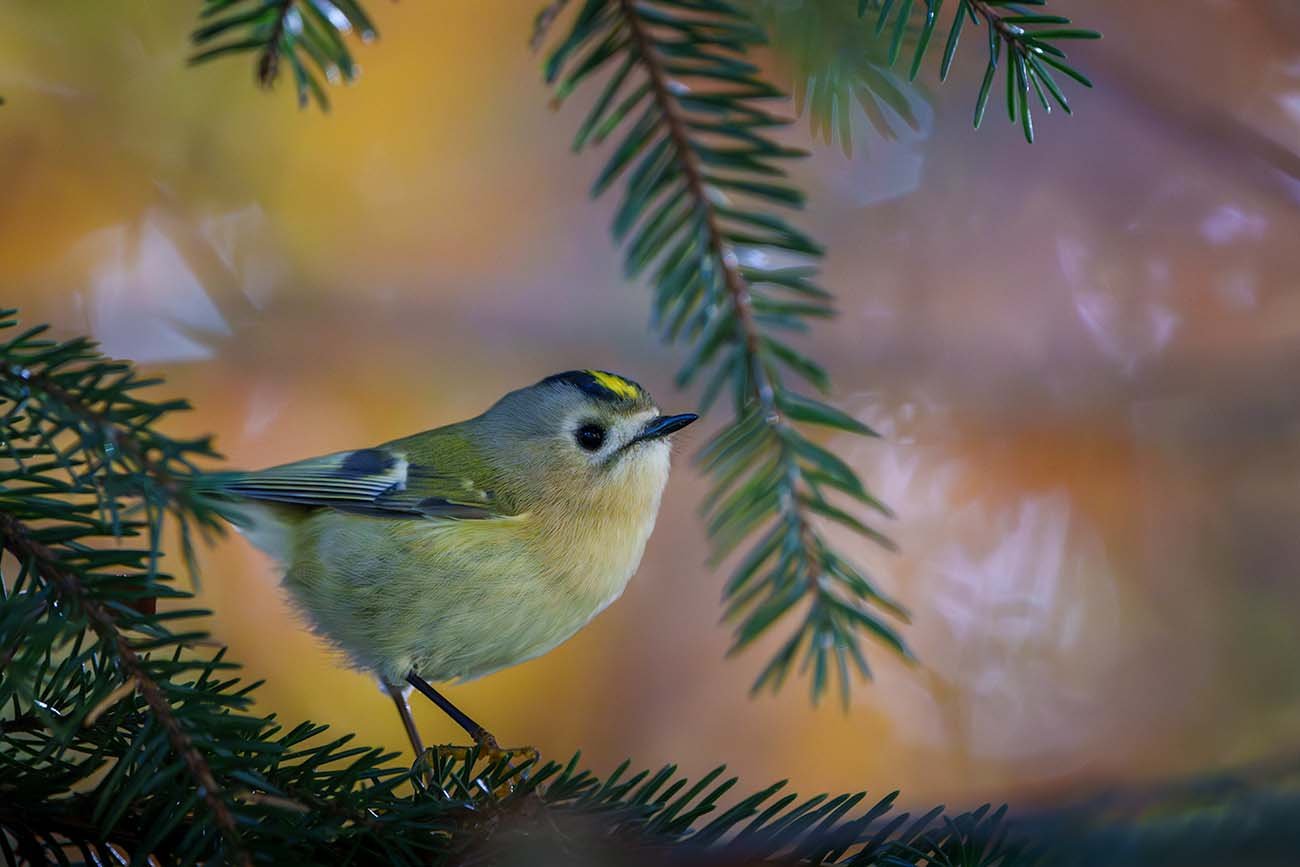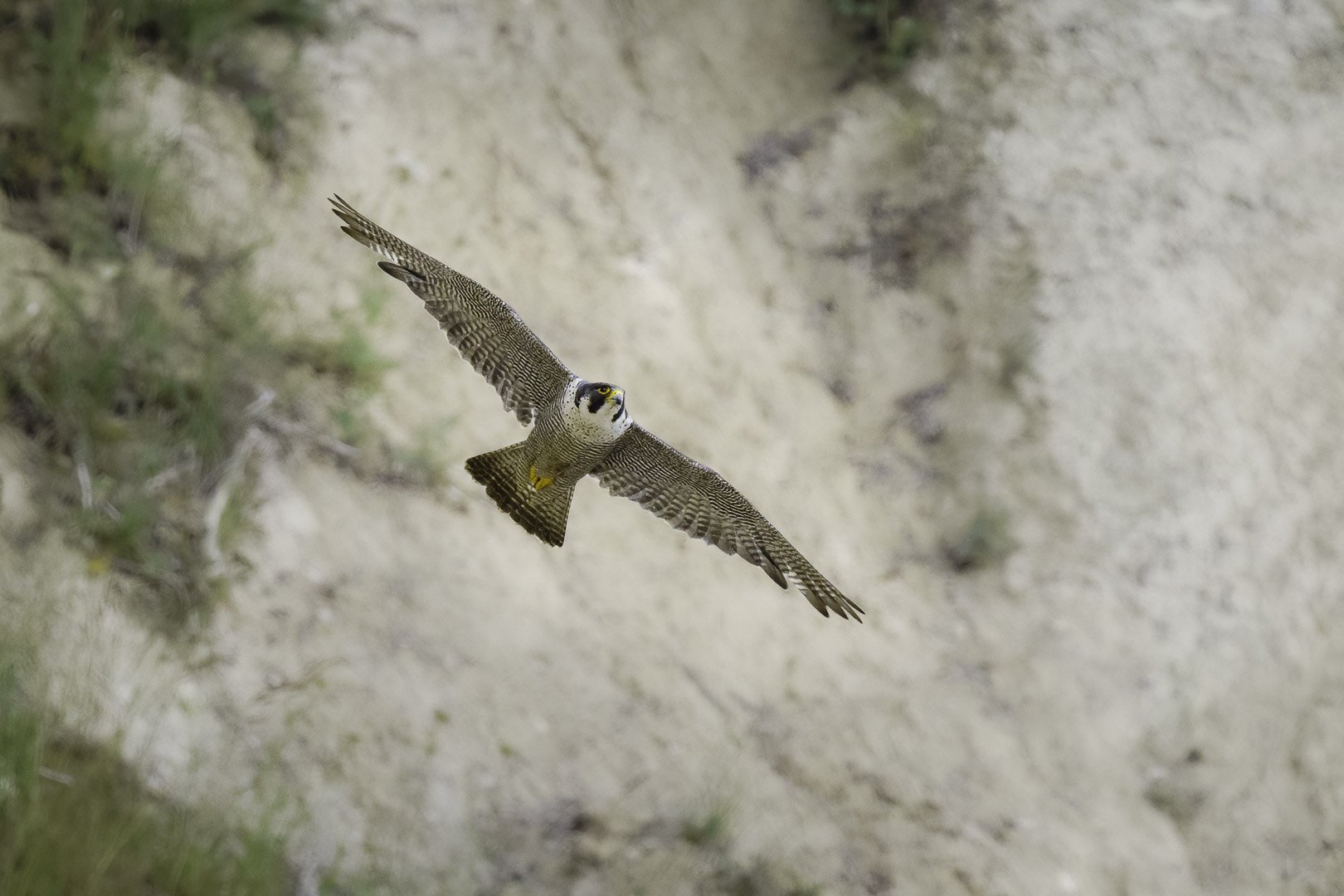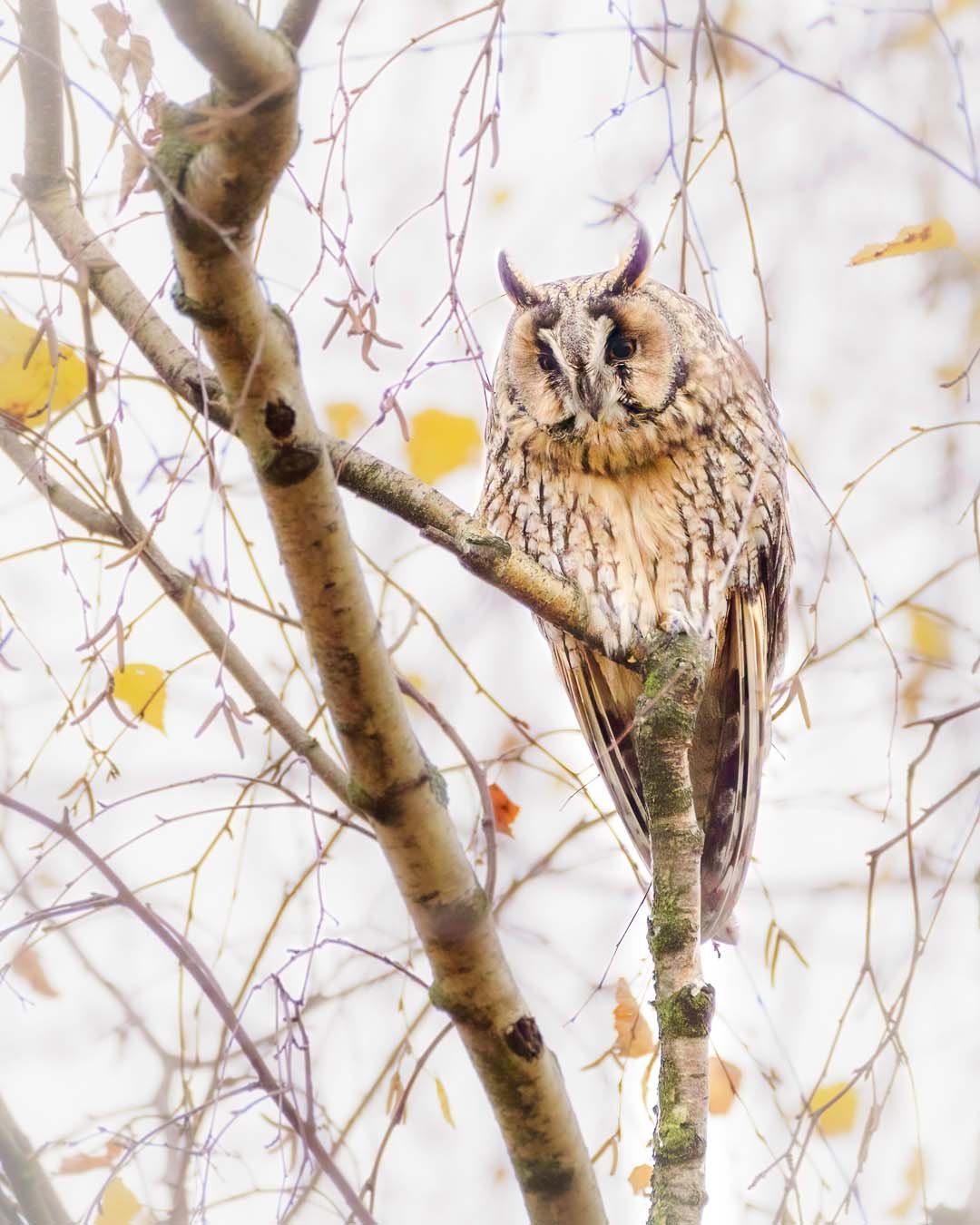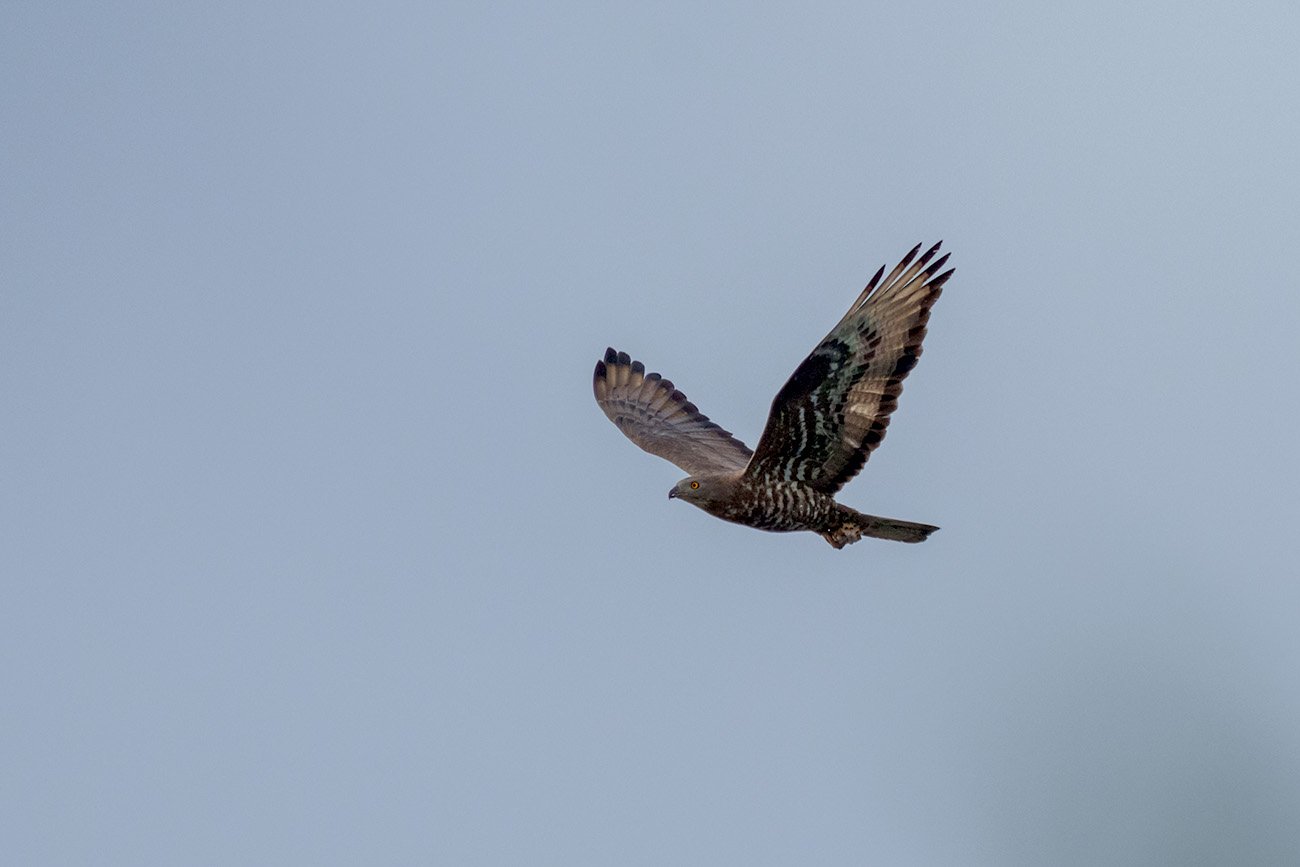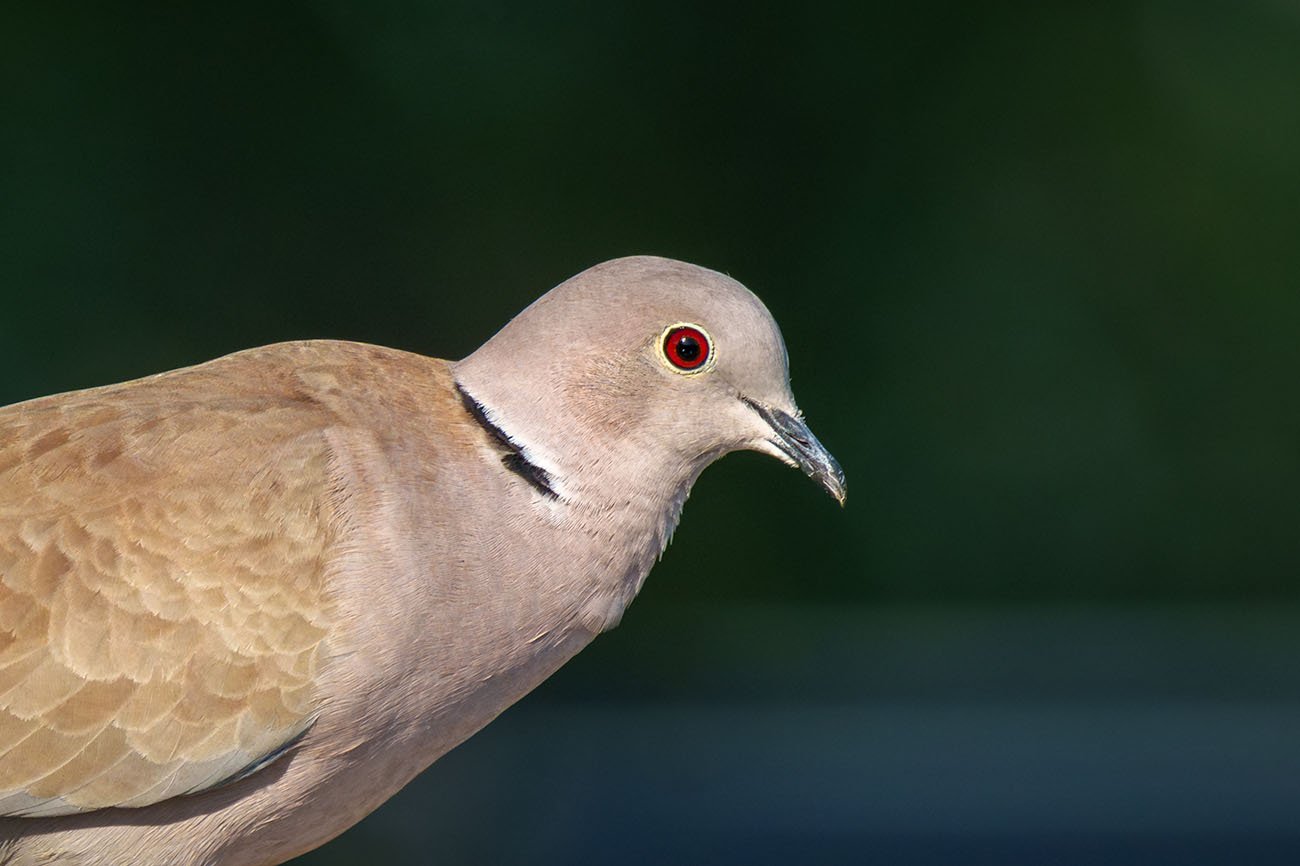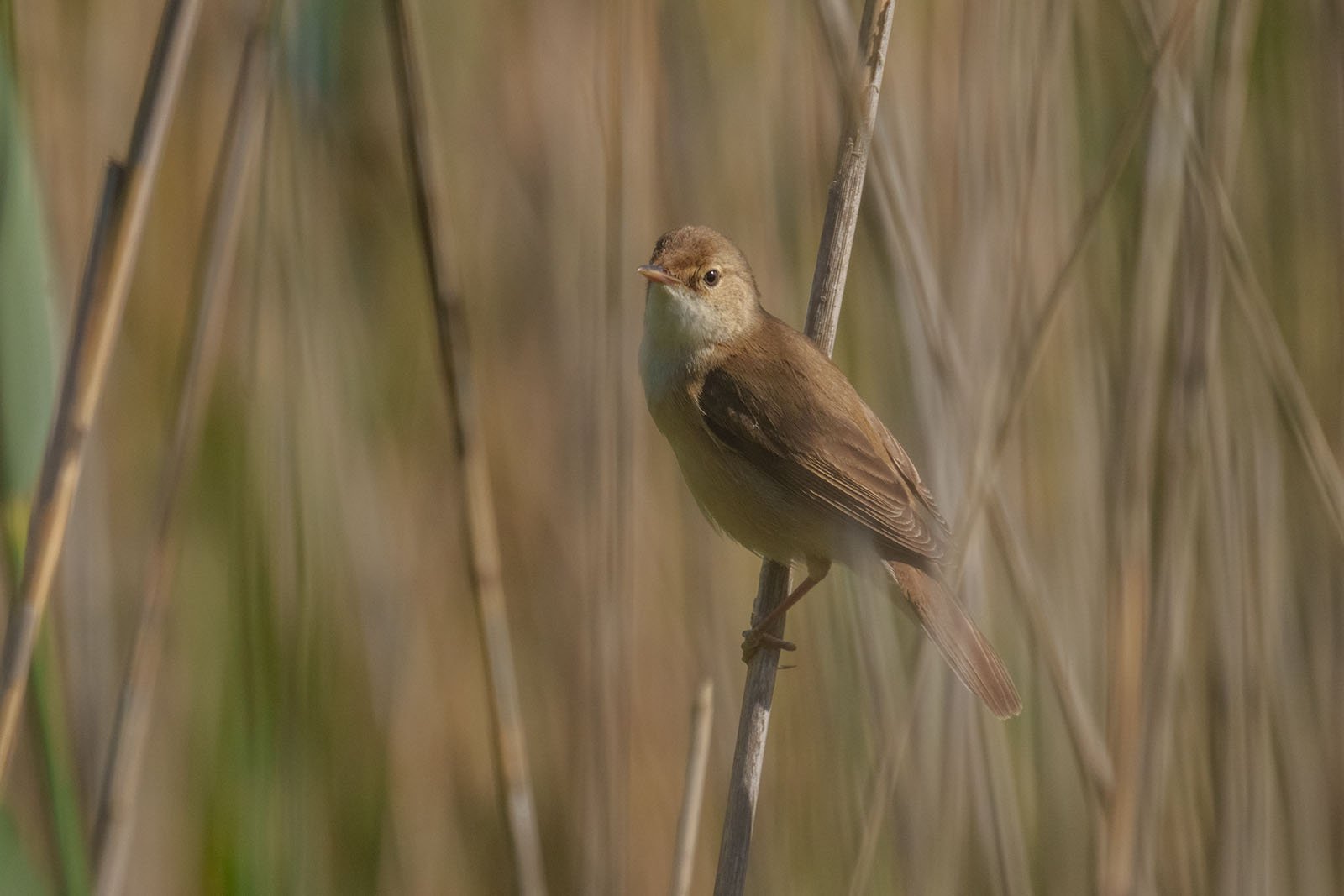Black Redstart (Phoenicurus ochruros)
Black Redstart (Phoenicurus ochruros)
Black Redstart (Phoenicurus ochruros) – The Urban Bird with a Flash of Red
The Black Redstart is a small, active songbird that has adapted well to life in cities and towns. With its bright red tail and the contrasting black feathers of the male, it is easy to recognize. This bird is known for its love of human settlements and can often be seen on walls, roofs, or in parks, where it hunts for insects and builds its nests.
Quick Facts:
- Size: 13–14.5 cm
- Features: Black feathers in the male with a white wing patch; rusty-red tail
- Habitat: Cities, towns, industrial areas, parks
- Breeding: Nests in wall crevices, on roof beams, or in nest boxes, prefers sunny places
- Diet: Insects, spiders, berries (in autumn)
Table of Contents
- Introduction: The Black Redstart – A City Songbird
- Features and Appearance: How to Recognize the Black Redstart
- Habitat and Distribution: Where the Black Redstart Lives
- Behavior and Diet: The Skilled Insect Hunter
- Breeding: Nesting in Urban Spaces
- FAQ: Common Questions About the Black Redstart
- Shortlist – Key Features
1. Introduction: The Black Redstart – A City Songbird
The Black Redstart is a common resident of urban areas, building its nests in small crevices and roof beams. It has adapted well to city life, making use of walls and buildings for shelter and hunting spots. The male stands out with its black plumage and rusty-red tail, while the bird’s active and agile movements make it a skilled hunter of insects in the city.
2. Features and Appearance: How to Recognize the Black Redstart
The Black Redstart is easy to recognize, especially because the male and female look quite different.
- Feathers: The male has black feathers with a bright white wing patch. Its rusty-red tail is most noticeable when it flies. The female is more modestly colored in grey-brown tones but also has the same reddish tail.
- Beak: The small, black beak is short and pointed, perfect for catching insects and spiders.
- Eyes: The bird’s round, dark eyes give it an alert and active look.
- Feet: Its delicate, black feet are strong enough to hold onto walls or urban structures.
The male’s bold contrast in colors and the female’s more camouflaged appearance make it easy to tell them apart, but the red tail is the key feature of both.
3. Habitat and Distribution: Where the Black Redstart Lives
The Black Redstart prefers urban areas like cities, towns, and industrial zones. It often hunts for food on walls, roofs, and in parks. You can find this bird in places that offer a mix of open spaces and sheltered spots for nesting. It thrives in sunny locations, often perched high to watch its surroundings while searching for food.
4. Behavior and Diet: The Skilled Insect Hunter
The Black Redstart is an active and skilled hunter. It often catches insects in mid-air, using its quick movements to snatch them. It also hunts on the ground for spiders and small bugs. In the autumn, it adds berries to its diet, making use of what the season offers. You’ll often see the bird perched on high places, scanning for its next meal.
Its lively and adaptable nature makes it an important part of the urban ecosystem, helping to control insect populations.
5. Breeding: Nesting in Urban Spaces
The Black Redstart chooses sunny, protected spots for its nests. It often nests in small crevices in walls, under roof beams, or in nest boxes. The female lays four to six eggs, which she carefully incubates in a hidden nest made of grass and feathers. Both parents feed the chicks, which are ready to leave the nest after about two weeks.
Urban environments offer the perfect conditions for the Black Redstart’s nests, with plenty of hidden places that keep the chicks safe from predators.
6. FAQ: Common Questions About the Black Redstart
1. Where does the Black Redstart live?
The Black Redstart lives mainly in cities, towns, and parks. It is often found on walls, roofs, and in industrial areas.
2. When is the Black Redstart most active?
It is active during the day, especially in the early morning and evening hours when it hunts for insects.
3. How can I recognize the Black Redstart?
The male has black feathers with a white wing patch and a rusty-red tail. The female is grey-brown but also has the same red tail.
4. What does the Black Redstart eat?
It mainly eats insects and spiders, but in autumn it also eats berries to prepare for winter.
5. Where does the Black Redstart build its nest?
The Black Redstart builds its nests in crevices of walls, under roofs, or in nest boxes. It prefers sunny places that provide shelter from the wind and rain.
7. Shortlist – Key Features
- Size: 13–14.5 cm
- Feathers: Male black with white wing patch; female grey-brown
- Tail: Both have a rusty-red tail
- Beak: Short, black
- Eyes: Dark, round
- Feet: Delicate, black
- Habitat: Cities, towns, parks
- Diet: Insects, spiders, berries
The Black Redstart is a fascinating bird that thrives in urban environments. Its adaptability and distinctive appearance make it a common but special part of the city’s wildlife.


